When it comes to industrial minerals, kaolin and talc are two commonly used substances that play pivotal roles in various industries, including ceramics, paper, paint, cosmetics, and pharmaceuticals. While they share some similar properties, there are significant differences between kaolin and talc that make them suitable for specific applications. This article will provide an in-depth comparison of kaolin and talc, highlighting their unique characteristics, uses, and benefits in different industries. Kaolin – The Versatile Clay: Kaolin, also known as china clay, is a naturally occurring clay mineral primarily composed of kaolinite. It is characterized by its fine particle size, softness, and white color. Kaolin has a wide range of applications due to its unique properties: 1. Ceramics: Kaolin is extensively used in ceramic manufacturing as it imparts desirable properties such as whiteness, plasticity, and high firing temperatures. It improves the strength and appearance of ceramics, making it a popular choice for dinnerware, bathroom fixtures, and decorative pottery. 2. Paper: Kaolin’s high brightness, smoothness, and opacity make it an ideal additive for paper production.
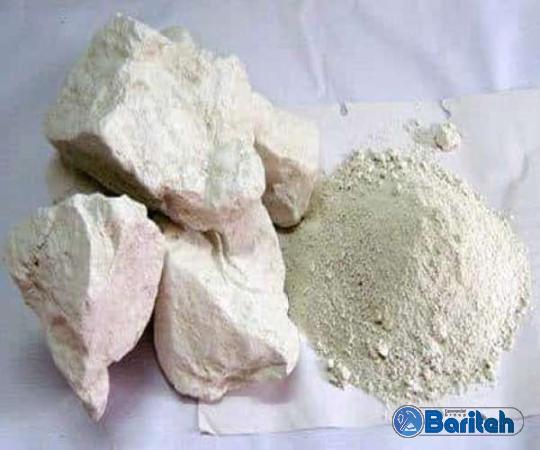
.
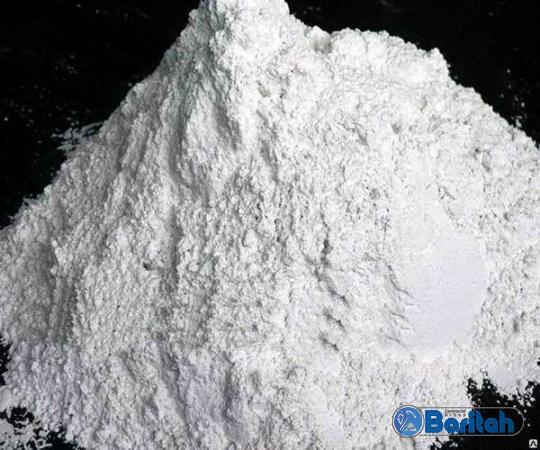 It enhances printability, improves ink receptivity, and reduces ink absorption, resulting in better print quality and reduced ink consumption. 3. Paint and Coatings: Kaolin acts as a functional extender in paints and coatings. It enhances opacity, improves rheology, and increases the durability of the coatings. Kaolin is widely used in architectural paints, industrial coatings, and specialty coatings. 4. Personal Care Products: In cosmetics and personal care products, kaolin is used as an oil-absorbing agent, thickener, and pigment dispersant. It is found in various products, including powders, creams, masks, and soaps. Talc – The Versatile Mineral: Talc, a hydrated magnesium silicate mineral, is known for its softness, smoothness, and excellent lubricating properties. It is typically white or grayish in color and offers numerous advantages in several industries: 1. Ceramics: Talc is used in ceramics for its unique combination of plasticity, high-temperature resistance, and low thermal expansion.
It enhances printability, improves ink receptivity, and reduces ink absorption, resulting in better print quality and reduced ink consumption. 3. Paint and Coatings: Kaolin acts as a functional extender in paints and coatings. It enhances opacity, improves rheology, and increases the durability of the coatings. Kaolin is widely used in architectural paints, industrial coatings, and specialty coatings. 4. Personal Care Products: In cosmetics and personal care products, kaolin is used as an oil-absorbing agent, thickener, and pigment dispersant. It is found in various products, including powders, creams, masks, and soaps. Talc – The Versatile Mineral: Talc, a hydrated magnesium silicate mineral, is known for its softness, smoothness, and excellent lubricating properties. It is typically white or grayish in color and offers numerous advantages in several industries: 1. Ceramics: Talc is used in ceramics for its unique combination of plasticity, high-temperature resistance, and low thermal expansion.
..
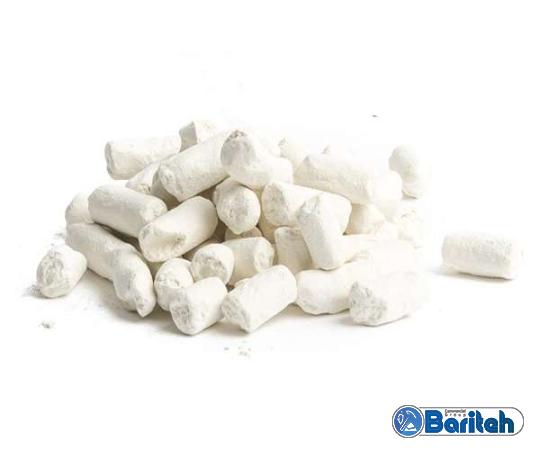 It aids in shaping and molding ceramics and is particularly useful in the production of electrical insulators and refractory materials. 2. Paper: Talc is extensively used as a filler and coating pigment in the paper industry. It enhances the opacity of paper, improves printing ink adhesion, and enhances paper smoothness. Talc is also used in specialty papers such as photographic and food-grade papers. 3. Paint and Coatings: Talc acts as a functional filler and anti-settling agent in paints and coatings. It provides improved hiding power, enhances film formation, and improves overall paint performance. Talc is commonly used in interior and exterior paints, industrial coatings, and automotive coatings. 4. Personal Care Products: Talc is widely used in personal care products, particularly baby powders and body powders. Its softness, absorbency, and anti-friction properties make it an ideal ingredient for keeping the skin dry and preventing chafing. Comparing Kaolin vs Talc: 1. Particle Size: Kaolin particles are generally smaller and have a narrower particle size distribution compared to talc, which affects their performance in different applications. 2. Whiteness: Kaolin offers high brightness and excellent whiteness, making it preferable for applications that require maximum whiteness, such as ceramics and paper.
It aids in shaping and molding ceramics and is particularly useful in the production of electrical insulators and refractory materials. 2. Paper: Talc is extensively used as a filler and coating pigment in the paper industry. It enhances the opacity of paper, improves printing ink adhesion, and enhances paper smoothness. Talc is also used in specialty papers such as photographic and food-grade papers. 3. Paint and Coatings: Talc acts as a functional filler and anti-settling agent in paints and coatings. It provides improved hiding power, enhances film formation, and improves overall paint performance. Talc is commonly used in interior and exterior paints, industrial coatings, and automotive coatings. 4. Personal Care Products: Talc is widely used in personal care products, particularly baby powders and body powders. Its softness, absorbency, and anti-friction properties make it an ideal ingredient for keeping the skin dry and preventing chafing. Comparing Kaolin vs Talc: 1. Particle Size: Kaolin particles are generally smaller and have a narrower particle size distribution compared to talc, which affects their performance in different applications. 2. Whiteness: Kaolin offers high brightness and excellent whiteness, making it preferable for applications that require maximum whiteness, such as ceramics and paper.
…
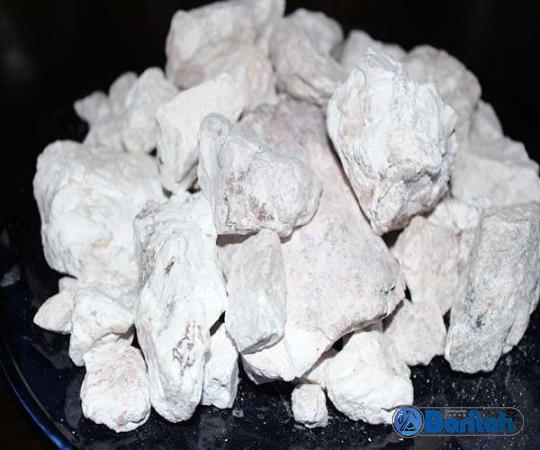 3. Absorbency: Talc has superior oil and moisture absorption properties compared to kaolin, making it more suitable for applications requiring high absorbency, such as personal care products. 4. Thermal Stability: Kaolin exhibits superior thermal stability, allowing it to withstand high firing temperatures in ceramics. Conclusion: Kaolin and talc are valuable industrial minerals widely used in various industries for their unique properties and benefits. Understanding their differences and specific applications is crucial for selecting the ideal mineral for each industrial requirement. Whether it’s the exceptional whiteness of kaolin for ceramics or the excellent absorbency of talc for personal care products, both minerals have their distinct advantages and play pivotal roles in ensuring the success of numerous industries.
3. Absorbency: Talc has superior oil and moisture absorption properties compared to kaolin, making it more suitable for applications requiring high absorbency, such as personal care products. 4. Thermal Stability: Kaolin exhibits superior thermal stability, allowing it to withstand high firing temperatures in ceramics. Conclusion: Kaolin and talc are valuable industrial minerals widely used in various industries for their unique properties and benefits. Understanding their differences and specific applications is crucial for selecting the ideal mineral for each industrial requirement. Whether it’s the exceptional whiteness of kaolin for ceramics or the excellent absorbency of talc for personal care products, both minerals have their distinct advantages and play pivotal roles in ensuring the success of numerous industries.
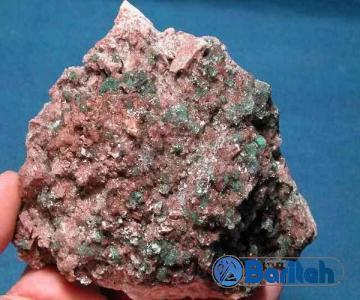
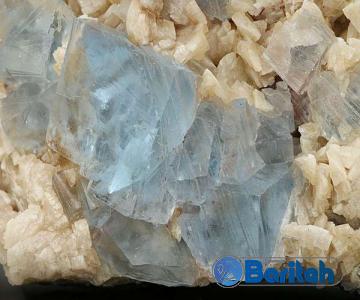
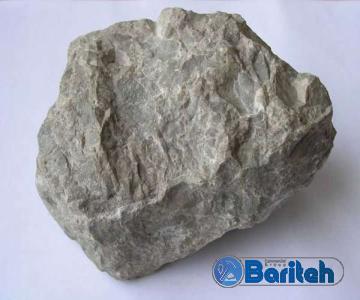
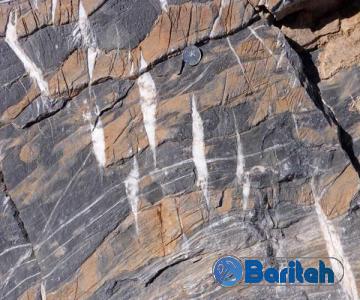
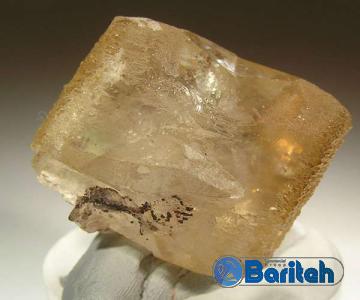
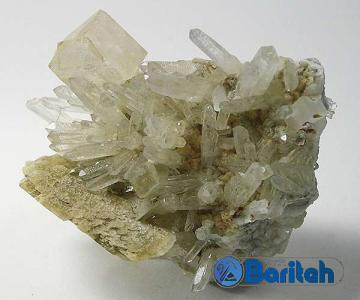
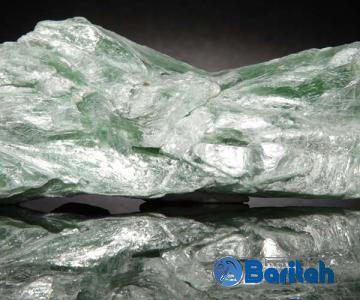
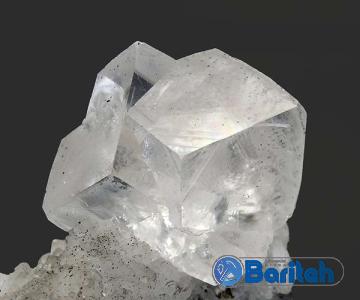

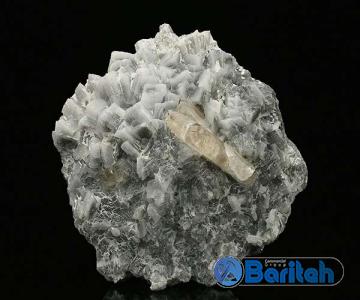
Your comment submitted.